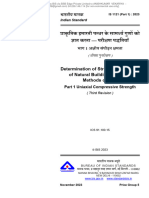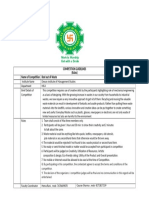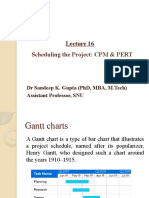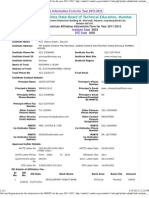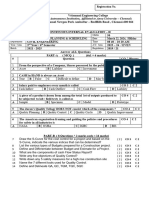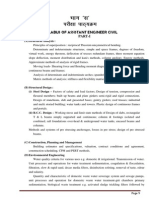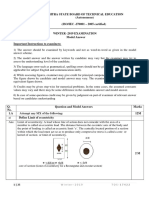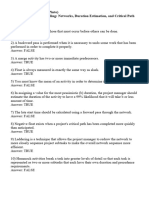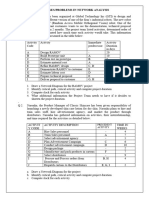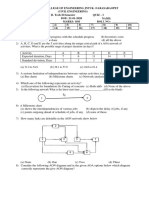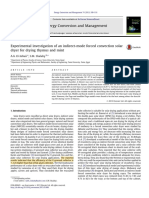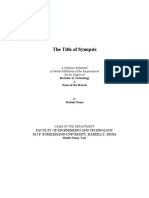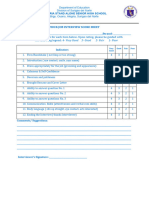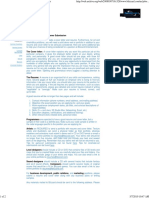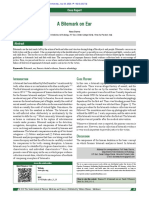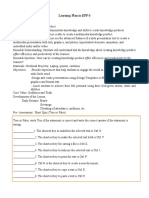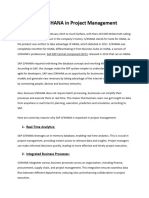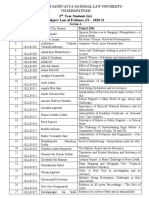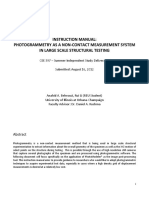0% found this document useful (0 votes)
289 views3 pagesProject Management Exam Prep
This document provides information about planning and scheduling, including:
1) Four pairs of statements with options to identify whether both statements are true/false or if one is true and one is false.
2) A project with 12 activities, their predecessors, and durations. It asks the number of critical activities, minimum project duration, and total float of one activity.
3) A network with 3 activities, their time estimates, and asks expected project duration, probability of completing within 30 days, and project duration with 25% chance of completion.
Uploaded by
Prasad PatilCopyright
© © All Rights Reserved
We take content rights seriously. If you suspect this is your content, claim it here.
Available Formats
Download as PDF, TXT or read online on Scribd
0% found this document useful (0 votes)
289 views3 pagesProject Management Exam Prep
This document provides information about planning and scheduling, including:
1) Four pairs of statements with options to identify whether both statements are true/false or if one is true and one is false.
2) A project with 12 activities, their predecessors, and durations. It asks the number of critical activities, minimum project duration, and total float of one activity.
3) A network with 3 activities, their time estimates, and asks expected project duration, probability of completing within 30 days, and project duration with 25% chance of completion.
Uploaded by
Prasad PatilCopyright
© © All Rights Reserved
We take content rights seriously. If you suspect this is your content, claim it here.
Available Formats
Download as PDF, TXT or read online on Scribd
/ 3




